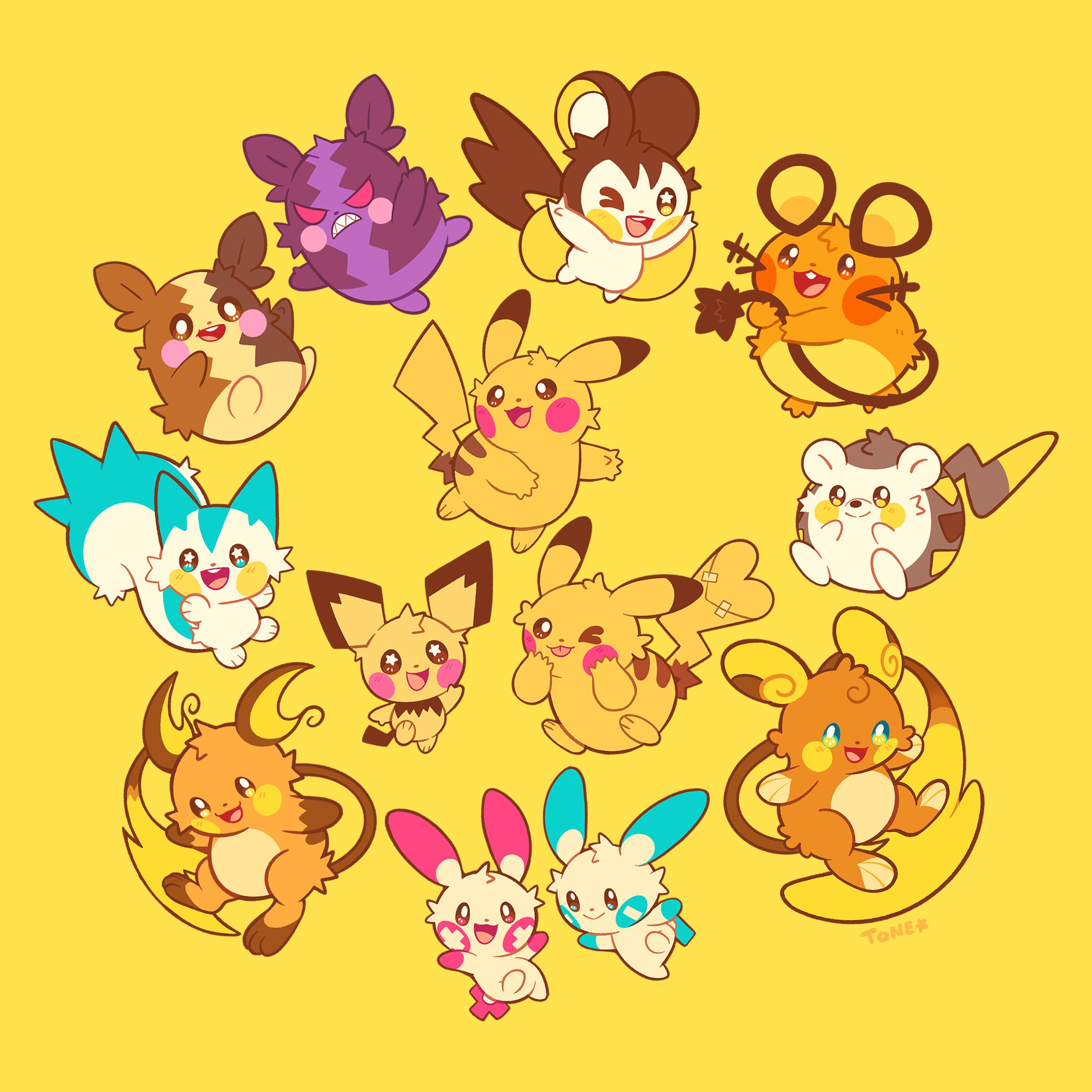Are there any blind people on Lemmy, screenreading this? I get why alt-text is useful functionally on things like application interfaces, and instructive or educational text, but do you actually enjoy hearing a screen reader say "A meme of four oanels. First panel. An image of a young man in a field. He is Anakin Skywalker as played by that guy who played Anakin Skywalker in the Star Wars prequels. He says ‘bla bla bla’. Next frame. An image of a young woman. She is Padme as played by Natalie Portman. She is smiling. She says “bla bla bla, right?”
I do alt text on my image posts, especially OC content as I find it’s a curb cutting effect. https://en.m.wikipedia.org/wiki/Curb_cut_effect
I’m not the only person in a rural area who has internet access, and sometimes the alt text is enough to convey the joke/image than the image itself.
Plus I find it a fun test of my vocabulary to use the words I need to explain the joke/image. Sometimes I don’t know the right words and I learn a new one.
When the instance hosting the image dies the alt text stays so I can still read the old posts even if image is long gone into enthropy.
I actually didn’t consider that as a bonus. Nice to know that helps future readers of my shitposts.
Just realized I’ve seen the push multiple times to include alt text, but not guidance on how.
Is there an actual etiquette to follow or even a specific format for alt text? Or just a sentence describing the image and call it a day?
And to alt-text an embedded image in markdown:
Oh shit that’s actually really useful, thank you!
That’s amazing. I’d love to hear from one of the audience about how they found the experience.
You’d love to hear?
How fitting the image in the post lacks alt text. 🤦
Is this a mute/deaf person giving a talk, or a talking/hearing person being incredibly based?
My assumption is the latter, which is awesome.
I recently learned a new way of understanding what “turning the other cheek” is. Rather than a passive acceptance of abuse, it’s like putting a mirror on the abuser and making them look like the villains (which they actually are). The post is very much alike.
The Cheek Slap in Jesus’ Day
In Jesus’ day, hitting a person on the cheek was a forceful insult, but it was not considered a violent assault. Here, Jesus is specifying a strike on the right cheek, which implies a back-handed slap. Striking someone with the back of the hand (3) could demand a doubled fine because it was “the severest public affront to a person’s dignity.” (4)
But Jesus is not suggesting that his followers should stand around and take abuse. First, turning the left cheek was a bold rejection of the insult itself. Second, it challenged the aggressor to repeat the offense, while requiring that they now strike with the palm of their hand, something done not to a lesser but to an equal. In other words, turning the other cheek strongly declares that the opposer holds no power for condescending shame because the victim’s honor is not dependent on human approval—it comes from somewhere else. (5) This kind of action reshapes the relationship, pushing the adversary to either back down or to treat them as an equal.
Source: https://bibleproject.com/articles/what-jesus-meant-turn-other-cheek-matthew-539/





